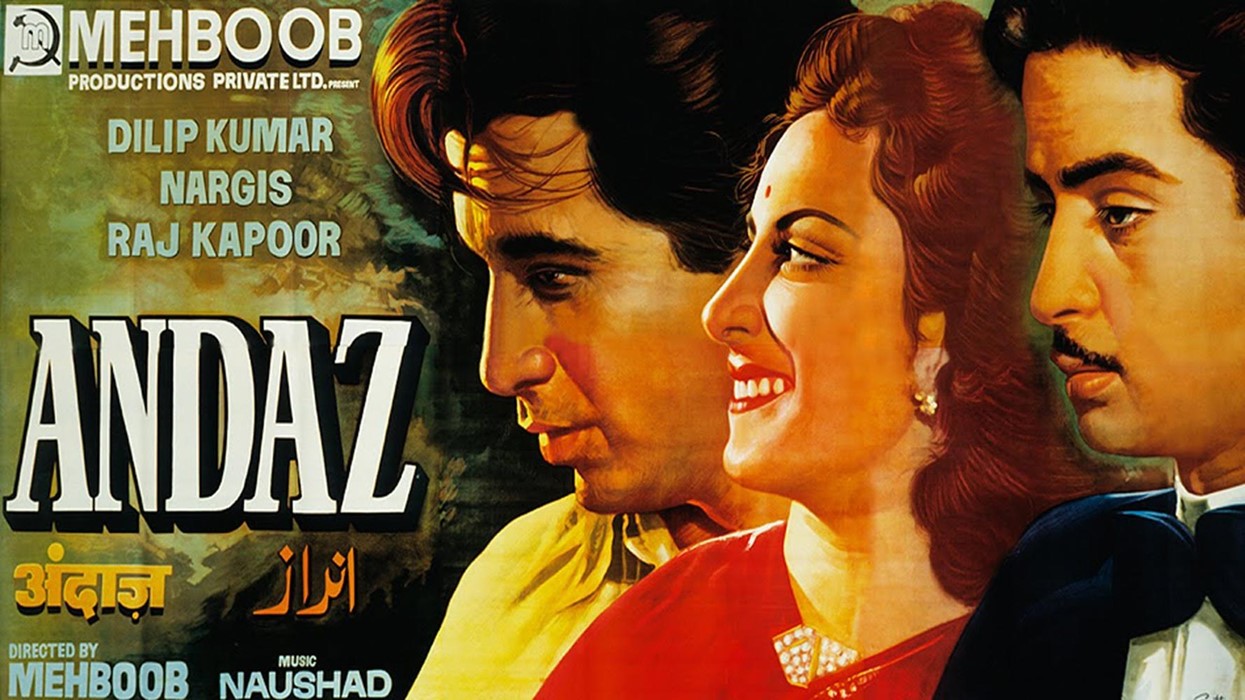From classic love stories to contemporary art-house flicks, these masterful Bollywood movies are bound to inspire
Mumbai is the centre of the film world – and Bollywood, the Indian national cinema, has a long and illustrious history. From its first silent feature Raja Harishchandra, which was created in 1913, to the feel-good, all-singing-all-dancing Masala films of the colourful 1970s, Bollywood’s evolution has been as vibrant and manifold as its birthplace. Its actors have embodied the subcontinent’s beauty and talent – from film royalty Aishwarya Rai to rising star Freida Pinto – while its soundtracks have topped charts at home and abroad. Today, Indian filmmakers are increasingly branching out to art-house, queer, and experimental film, but Bollywood’s ability to reinvent itself remains strong. With unforgettable stories and star performances, here are ten classic and contemporary Bollywood films not to miss.
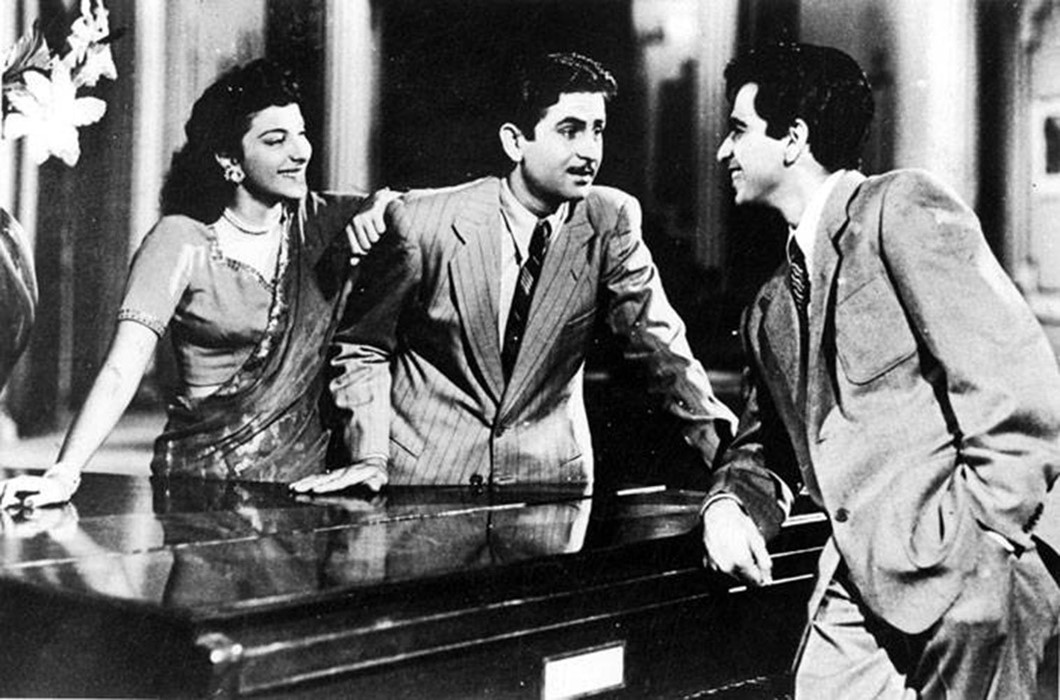
Andaz (Mehboob Khan, 1949)
Three stars of Golden Age Bollywood feature in Andaz's love triangle of the decade: Nargis, Raj Kapoor and Dilip Kumar. Released only four years after Indian independence from British colonial rule, Andaz is the drama of a woman torn between love and duty. With her Westernised lifestyle and attitude, the film suggests our heroine Nargis may have partially brought this dilemma upon herself – yet surprisingly, her final act is both tragic and empowered. Andaz also includes songs by legendary Lata Mangeshkar, who has sung in voiceover for many decades of Bollywood leading ladies.
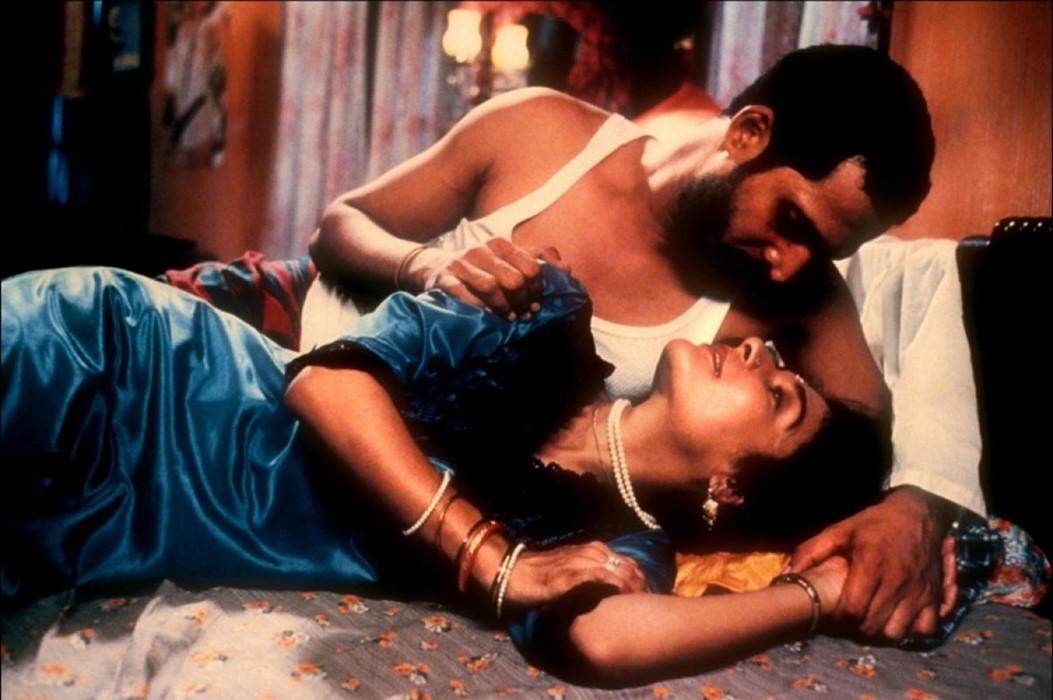
Salaam Bombay! (Mira Nair, 1988)
Indian-American director Mira Nair has since added blockbusters like The Reluctant Fundamentalist (2013) to her portfolio, but her breakthrough film Salaam Bombay! was an unforgettable look at the street life of the urban poor. Shot on location in a red-light district in South Mumbai with no actors or script, it’s a cinematic journey through the eyes of a group of vivacious slum children. Starring a self-seeking hustler Baba (Nana Patekar), his disillusioned sex worker wife Rekha (Anita Kanwar), and young Bollywood fans Koyla, Keera and Chungal, the honesty in Nair’s approach was testament to Indian cinema’s versatility – from dance to documentary and back again.
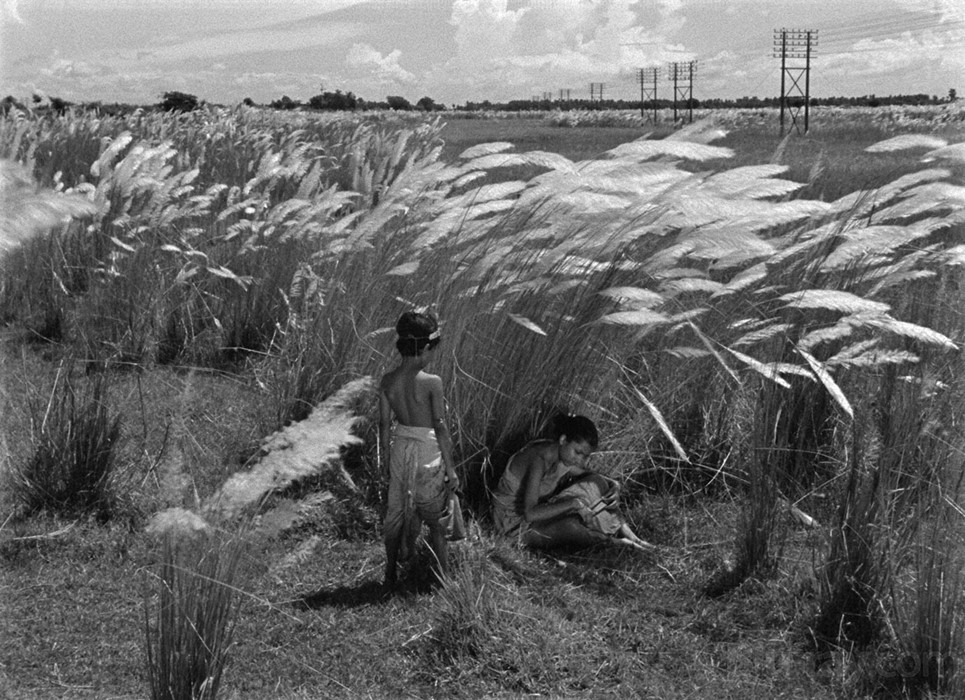
The Apu Trilogy (Satyajit Ray, 1955-59)
Some Indian filmmakers turned away from Bollywood’s style in the 1950s, inspired by the French New Wave and socialist Third Cinema. Celebrated Bengali director Satyajit Ray's films have no overt heroes or villains, and they are often concerned with daily life in modern India. Ray’s Apu Trilogy begins with his first feature Pather Panchali (1955), a Palme D’Or nominee at Cannes in 1958, and a classic to this day. Set in a small, poor village in the 1920s, it follows young Apu in a coming-of-age story which is full of lyrical realism, and Bengal’s beautiful landscapes.
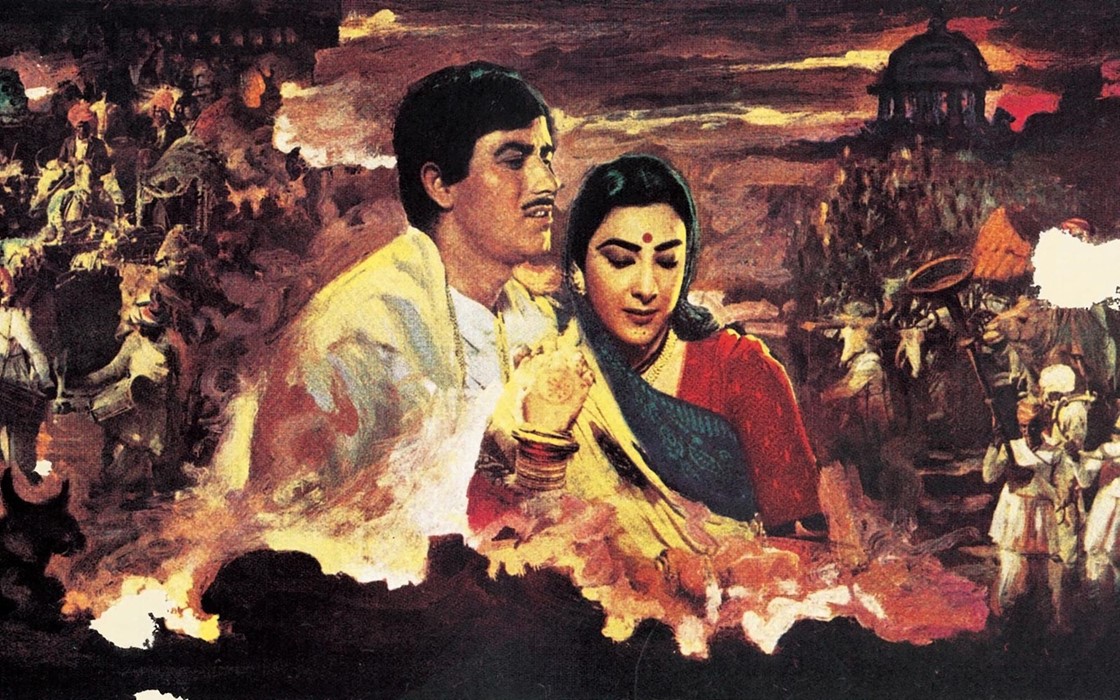
Mother India (Mehboob Khan, 1957)
Director Mehboob Khan’s three-hour-long melodrama Mother India (1957) is often considered India’s own Gone With the Wind. A film about rural Indian life and the heroism of the hard-toiling woman, it follows our protagonist Radha (Nargis) and her husband (Raaj Kumar) as their farm falls on hard times and they find themselves at the mercy of moneylenders. Earning Bollywood starlet Nargis the prestigious Karlovy Vary Festival's Best Actress Award, this film is a dramatic whirlwind of love, tragedy, honour and – appropriately, somehow – the occasional song and dance number.
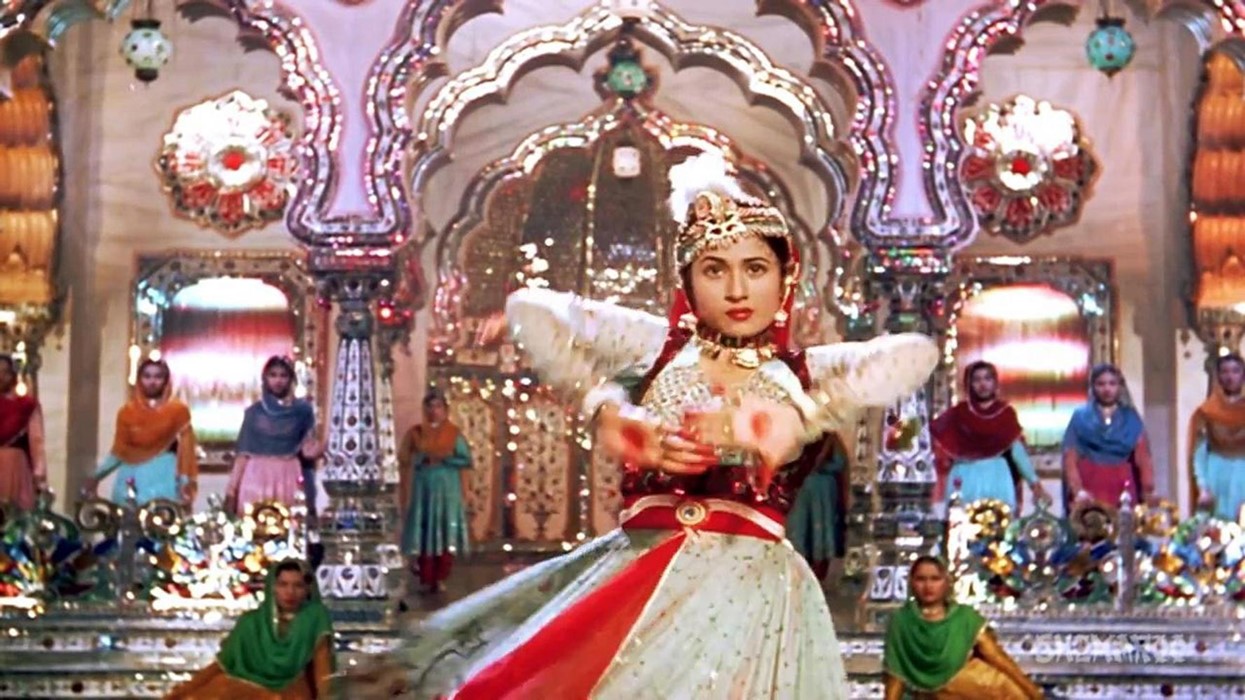
Mughal-e Azam (K Asif, 1960)
A film that takes ten years to complete could only be an epic – and Mughal-e Azam is just that, in both its story and its enduring popularity. It tells the story of the famed Mughal emperor Akbar’s son Jahangir (Dilip Kumar), who risks everything for the love of a slave girl, Anarkali. Their love story is full of passion, betrayal, and songs that temporarily hurtle this black-and-white film into full Technicolour for the duration of their spectacular dance numbers. The swinging 60s had arrived, only bigger and better – Bollywood style.
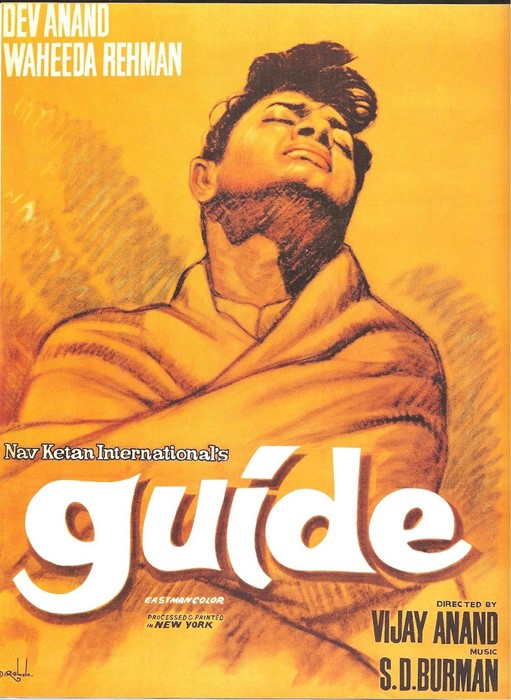
Guide (Vijay Anand, 1965)
Based on the popular Indian author R. K. Narayan’s novel, Guide’s cunning protagonist and sensuous female provide plenty of fuel for a Bollywood adaptation. Set in a fictional South Indian town, we follow Raju (Dev Anand) fresh out of jail, taking refuge in an abandoned shrine as he recounts his life story. As a conniving tourist guide, Raju seduces Rosie (Waheeda Rehman), the neglected wife of his client. When Rosie runs away with him, Raju fashions her a career as Nalini, a Bharata Natyam dancer. As he grows obsessed with the material benefits of this set-up, drama, tragedy and betrayals ensue.
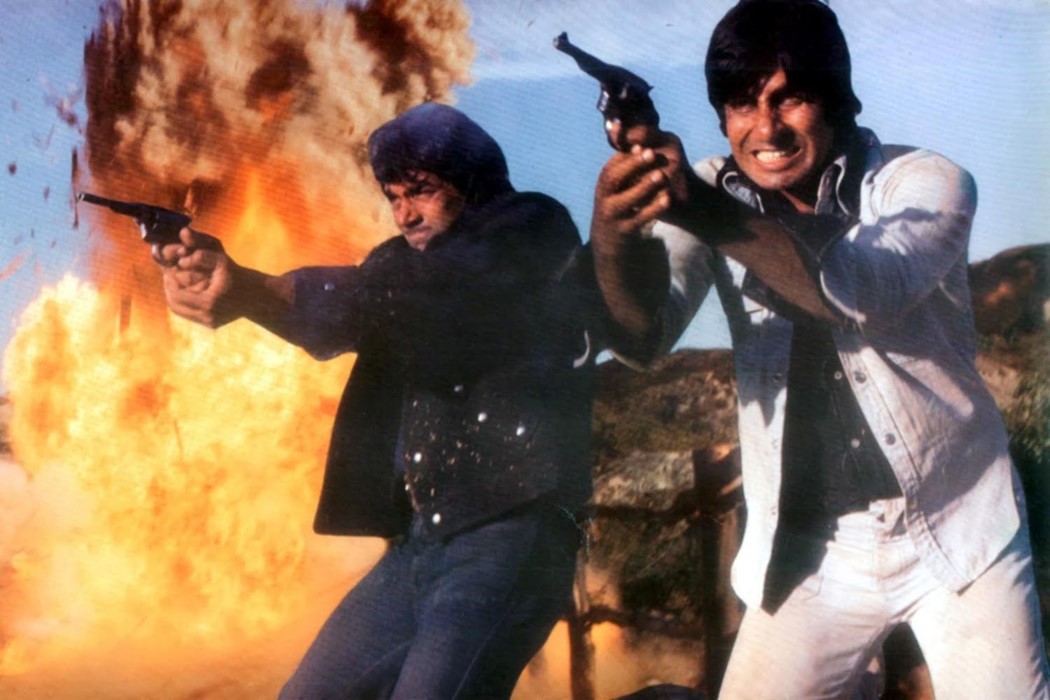
Sholay (Ramesh Sippy, 1975)
As charismatic heroes, spaghetti Westerns and Bond fever gripped 1970s Hollywood, Bollywood was seeing a new kind of genre dominate the screen: films featuring the Angry Young Man, a stylish male outcast with his own sense of social justice. With the iconic Bollywood actor Amitabh Bachchan in the main role, Sholay is one of the most popular of this genre. A retired police chief employs two ex-cons in search of a notorious bandit, but several romantic entanglements and personal vendettas later, things have gone far from planned. For the first time in the history of Indian cinema, people loved the Sholay’s legendary villain Gabbar Singh (Amjad Khan).
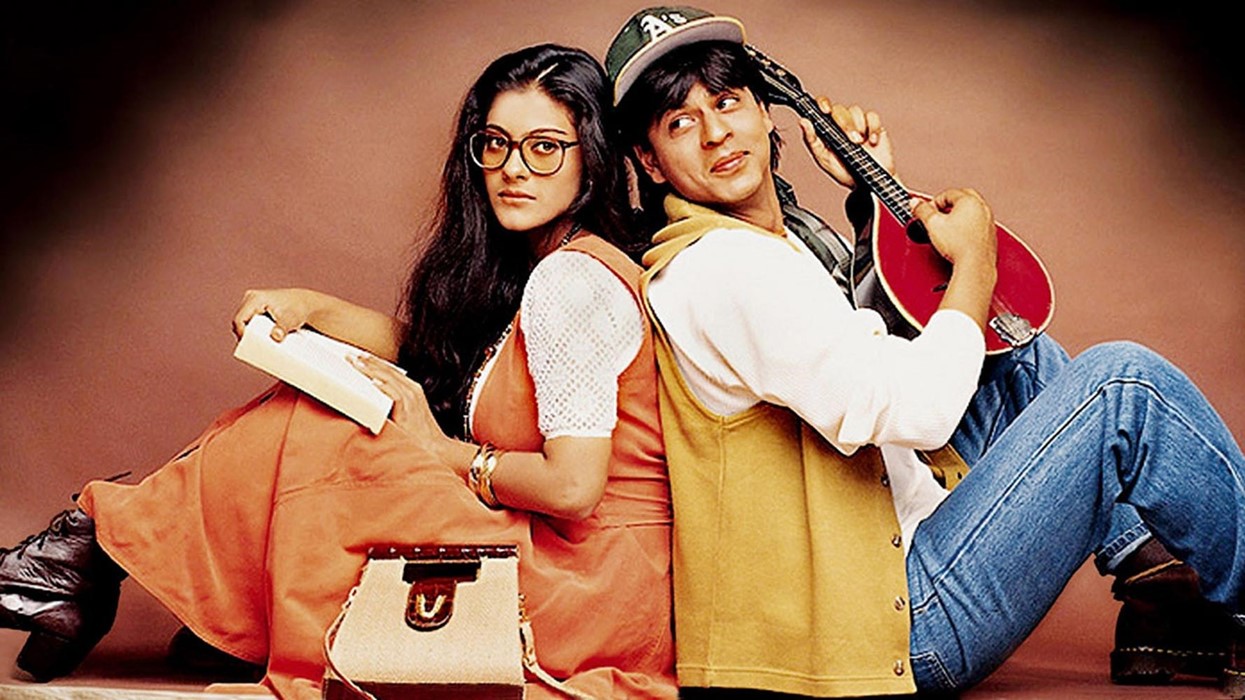
Dilwale Dulhania Le Jayenge (Aditya Chopra, 1995)
Aditya Chopra’s first film marks an interesting moment in Bollywood history, staging a clash between 'traditional' Indian values and the younger generation British Asian diaspora. A mix of familiar Bollywood plots, such as the doomed lovers from different social classes, with newer themes like digital and urban youth culture, Chopra’s film showcased a contemporary idea of what being Indian is, and how Indian film can capture that changing dynamic – while still staying true to Bollywood’s uniquely musical storytelling.
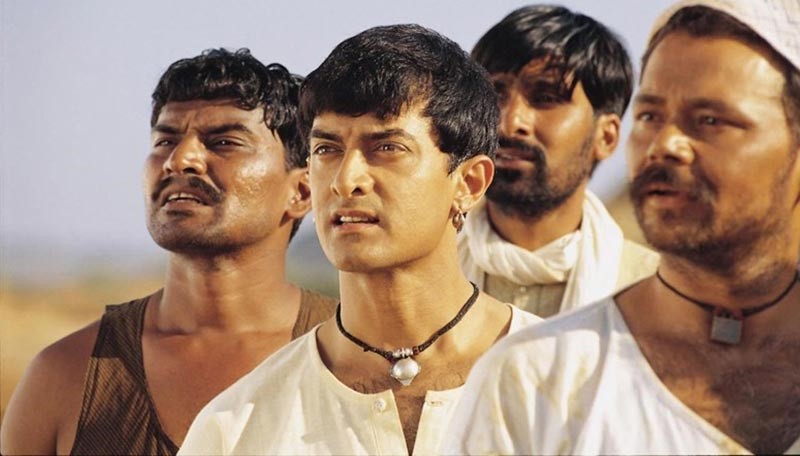
Lagaan: Once Upon A Time In India (Ashutosh Gowariker, 2001)
Set in colonial India in 1893, Lagaan is based on the story of village which united in resistance against unjust taxation. One of the movies that re-introduced Indian cinema to the West, it narrowly missed out on Oscar nomination contender due to its four-hour run. The tyrannical commander of the British regiment makes a bet with a handsome and proud farmer (Aamir Khan): if the villagers can beat the British regiment in a cricket match, he'll waive the land tax for two years. With a musical score by no less than legendary A. R. Rahman, Lagaan saw Bollywood trying a blend of Western and contemporary Indian film style.

Slumdog Millionaire (Danny Boyle, 2008)
For some, Slumdog Millionaire’s success marked the point Hollywood “accepted” Bollywood – but Bollywood likely needed no seal of approval by then. A lively fusion of Bollywood-style fairytale and contemporary urban India, Danny Boyle’s film won hearts with its thrilling progress towards a love-conquers-all ending. Slum-raised Mumbai teen Jamal (Dev Patel) is on a winning streak on India’s version of “Who Wants To Be A Millionnaire?” Arrested and interrogated on suspicion of cheating, he recalls how a series of chance occurrences in life taught him all the answers he knows. Despite all its Western awards and accolades, Slumdog Millionnaire stayed true to its Bollywood roots, closing with the chart-topping, all-cast dance to A.R. Rahman’s Jai Ho.
